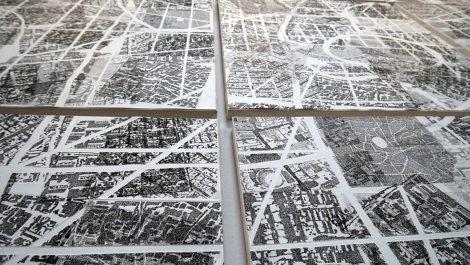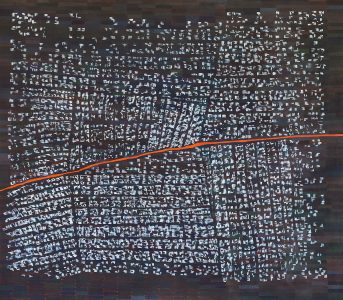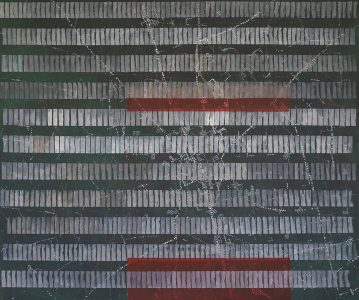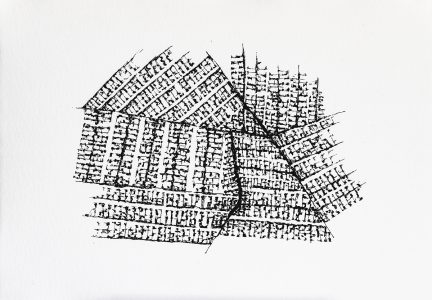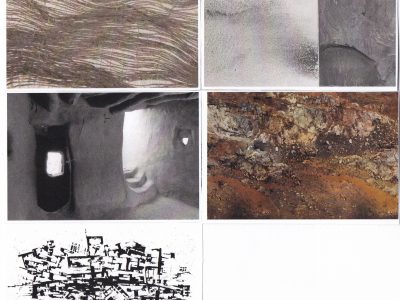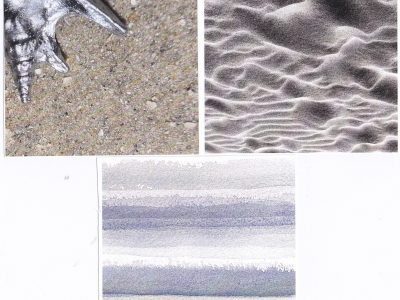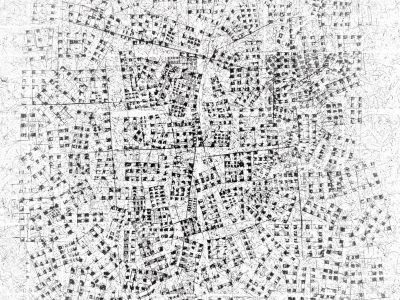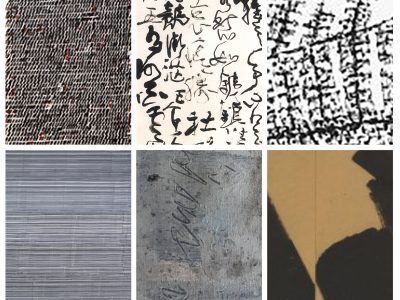Mouna
Ikhlasy
Born in Aleppo (Syria) in 1967
Graduated from Aleppo Private University for Arts and Sciences in Interior Architecture in 2008
Studied painting and printmaking with Giulia Napoleone
Taught painting techniques at Aleppo Private University for 3 years
Participated in 3 exhibitions at the Private University of Aleppo
Participated in 2 exhibitions in private art galleries in Aleppo (exhibition of small paintings and exhibition of ‘fusion paintings’)
Exhibited solo in March 2011 as part of the Francophonie week in Aleppo under the auspices of the Center Culturel Français d’Alep
Took part in an exhibition in Arta Gallery in Toronto (Canada) in July 2012
Exhibited solo at Artistry Gallery in Singapore in 2014
Exhibited at the Affordable Art Fair in Singapore in 2014
Trained at the National School of Visual Arts (La Cambre) for 2 years
My work began as a travel through time, space and memory. Being far from my home country and deeply moved by the consequences of civil war, because of the suffering, destruction and displacement, my work reflects my conscious and subconscious feelings. Arabic text and poetry tie my work to the paper through the application of ink. In the beginning, I was inspired by aerial images of my city of from which I made maps by etching Arabic text. As a natural reflection of the situation, the texts were broken and evolved to become fragments of words and letters much like the city has changed over the duration of the war. As time passes, letters, images and maps became more and more abstract and, sometimes, fade out. My relationship to paper is getting stronger and, over time, I have the joy of exploring the use of different tools to put ink to paper. Is it a way to make the horror easier to bear by going to abstraction?
Mouna Ikhlassy returned to ODRADEK in March 2019 to present the continuation of her questioning about the contemporary exodus and the violence that accompanies it.
She tirelessly pursues an exercise in representing current events. By responding to what she is experiencing, she creates new maps of cities stormed by the displacement of populations fleeing the misery of war. Her intervention always starts with a map, a plan or the configuration of a real city. From these geographic and geometric data and with the help of her understanding tools, which are for the moment the pen or graphite points, acrylic or ink, she interprets the change occurring in the cities assaulted by the migrations of populations. The artist shifts reading grids by manipulating the images that come to us from there. There is an imperative need for her to reveal, that is to say to veil-unveil, the living conditions of the refugees. Overlaying the basic canvas, a new plane appears. She paints or draws meticulously the layout of these temporary cities which are located on the borders of conflict zones. Above the initial implantation of these cities we find either a military frame work and order structured like a prison door, or a deconstructed organ like the chaos of relief tents that have become permanent.
From this representation of temporary cities that Mouna Iklhassy entrusts to us, emerges an essential humanity to which we continue to belong. This inalienable background is found in the perfectly contoured white spaces inviting us to search for meaning and hope.
